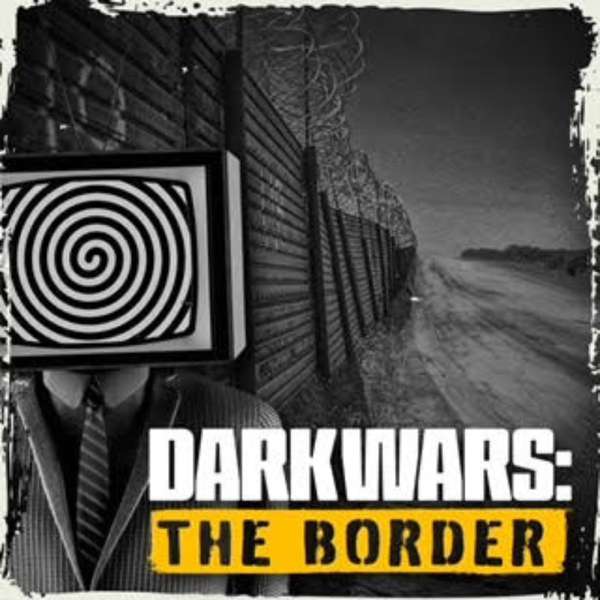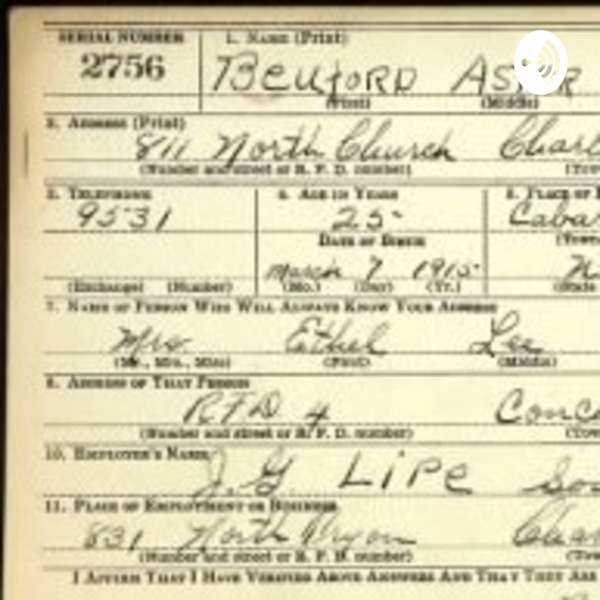When we think of weak democracies around the world, we often think of their inability to maintain a monopoly on violence because of challenges outside the state – like militias, rebel groups, criminal gangs, and other external, violent organizations. But sometimes it’s actors deeply intertwined with the state – like political parties – who are engaging in the violence. Sometimes, the call is coming from inside the house.
Our guest today, Niloufer Siddiqui, an Associate Professor of Political Science at the University at Albany - State University of New York, shares with us insights from her award-winning book Under the Gun: Political Parties and Violence in Pakistan. Exploiting subnational variation within the country, Niloufer asks why Pakistani political parties use violence to achieve their goals in some political contexts but not in others. And when they do strategically decide to use violence, when do they take care of things “in house,” having party cadres carry out violent actions and when do they outsource their “dirty work” to other groups, like gangs and militias?
Examining the behavior of several political parties across multiple provinces, Niloufer explains how electoral and economic incentives, the structure of ethnic cleavages, and organizational strength factor into parties’ decisions about whether to use violence – and, if so, whether to outsource it or do it themselves.
We talk with Niloufer about how she gets at these dynamics by triangulating among survey experiments conducted with voters and elected politicians; about 150 interviews with party officials, journalists, civil society, and police and intelligence officers; and focus groups with party members and voters. Niloufer also tells us how, in doing this work, her own identity as a Muhajir woman gave her special access to one of the major parties she writes about, the MQM party, particularly the female members of the party.
Lastly, we take a step back and talk with Niloufer about the ethical implications of her study. We ask her whether, in a fragile democracy like Pakistan, there’s some risk in exposing and calling attention to the violent nature of political parties. Might doing so serve to undermine public confidence in the democratic project? Could one unintended consequence of research on democracy’s shortcomings be to give actors like the military a convenient excuse to sweep in and push elected politicians aside?
Works cited in this episode
Brass, Paul R. The production of Hindu-Muslim violence in contemporary India. University of Washington Press, 2011.
Brubaker, Rogers, and David D. Laitin. “Ethnic and Nationalist Violence.” Annual Review of Sociology 24 (1998): 423-452
Graham, Matthew H., and Milan W. Svolik. "Democracy in America? Partisanship, polarization, and the robustness of support for democracy in the United States." American Political Science Review 114, no. 2 (2020): 392-409.
Kalyvas, Stathis N. "The ontology of “political violence”: action and identity in civil wars." Perspectives on politics 1, no. 3 (2003): 475-494.
Milan W. Svolik (2020), "When Polarization Trumps Civic Virtue: Partisan Conflict and the Subversion of Democracy by Incumbents", Quarterly Journal of Political Science: Vol. 15: No. 1, pp 3-31
Wilkinson, Steven. Votes and violence: Electoral competition and ethnic riots in India. Cambridge University Press, 2006.

 Our TOPPODCAST Picks
Our TOPPODCAST Picks  Stay Connected
Stay Connected







